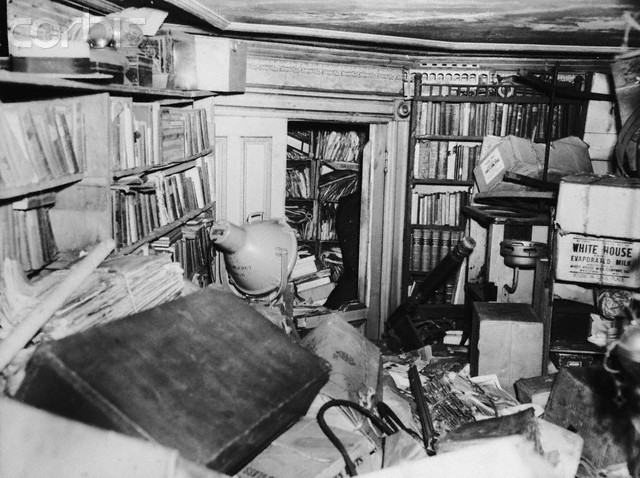Long off-limits, North Brother Island may finally open to the public
We recently explored the history of Hart Island, a speck of land north of City Island that's home to the city's largest potter's field; after several decades, it has recently begun accepting visits from the public. Now, it looks as though the city may open yet another long-mysterious islet to visitors.
Abandoned since 1963, North Brother Island could soon be opened on a limited basis to curious urban explorers, reports New York magazine. The City Council is working on a proposal to allow New Yorkers to check out the 20-acre space, which sits in the East River between Port Morris in the Bronx and Rikers Island.
First, though, the island needs a serious revamp: Its buildings have descended into decrepitude, and falling debris poses hazards to passersby. And on a less dangerous, but potentially unpleasant level, the area is also choked with vegetation, including poison ivy.
A history of illness
But what the island's buildings once housed is part of its draw, especially if you're a New York history buff. Like several of the city's other islands—including Hart and Roosevelt—North Brother's relative isolation made it the ideal place to build hospitals. Atlas Obscura recounts how the uninhabited island was purchased by the city in the late 1800s to erect Riverside Hospital, a facility for New Yorkers with contagious illnesses.
The hospital's most notorious patient was Mary Mallon, aka "Typhoid Mary," an asymptomatic carrier of the bacteria that causes typhoid fever. Due to her work as a cook, Mallon quickly spread the often-fatal disease among the families who employed her; the city ultimately quarantined her on North Brother Island, where she remained until her death about 23 years later. (Radiolab produced a podcast about Mallon's fascinating story, which you can listen to here.)
But even before Mallon's tragic end, North Brother Island was touched by disaster. According to the New York Public Library, on June 15, 1904, the PS Slocum, a boat chartered for a day trip around the city, caught fire. Passengers had to choose between plummeting into the East River or remaining on board, and over 1,000 people died. The captain steered the ship to North Brother Island, where it sank, though both employees and patients of the island's hospital helped pull survivors ashore.
(Not just) for the birds
Riverside Hospital closed not long after Mary Mallon's death; the island then became home to World War II veterans who were studying at city universities. In the 1950s, it housed a drug rehab facility for adolescents addicted to heroin, but in 1963, the New York article notes, it was closed due to corruption. Since then, the island has remained vacant, save for the occasional (and illegal) presence of intrepid visitors, and colonies of herons, egrets, and other birds.
Aside from becoming a wildlife sanctuary, nature has taken over in other ways. Back in 2011, blogger Richard Nickel, Jr. of the Kingston Lounge took a trip to the island—it's reachable by canoe, but note, it is legally off-limits—and found the island's properties in a state of advanced decay:


The BBC reported on the island's history in 2014, and you can see many more images in the video below.
It's clear that North Brother Island requires a lot of TLC before it's ready to welcome New Yorkers: according to New York, the island needs a new dock, as well as significant repairs and restorations of its buildings, before the Parks Department is prepared to break its 50-plus years of isolation.
You Might Also Like




























